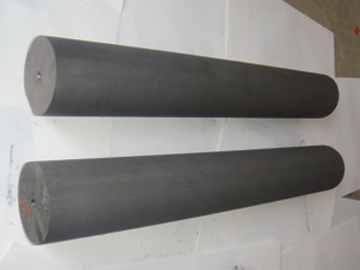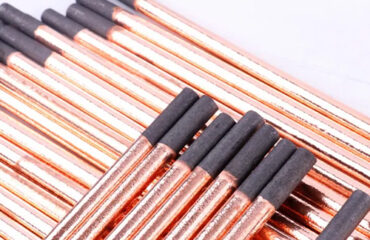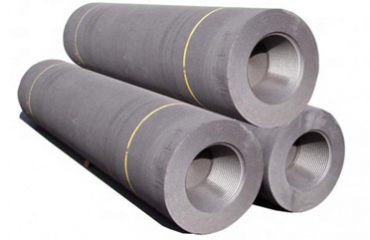
During the operation of the electrolytic cell, the graphite anode is mainly consumed by corrosion in the following forms. Firstly, because the electrolyte contains a large number of hydroxyl ions and a small amount of sulfate and hypochlorite ions as impurities, these ions will discharge on the anode to produce oxygen. The generated primary oxygen oxidizes graphite into carbon dioxide or carbon monoxide, which accounts for more than half of the total erosion of graphite anode.
Secondly, with the deepening of oxidation, the bonding between graphite anode body particles is gradually destroyed, and the loose particles on the surface layer of graphite anode fall off under the scouring of salt water. Oxidation and slag dropping make the anode thinner. To a certain extent, it is necessary to stop the tank for replacement. Such residual loss accounts for more than 1 / 4 of the total consumption of graphite anode. Both oxidation and slag removal consumption are related to the porosity of graphite anode. Large porosity and large consumption. The most common method to reduce the porosity of graphite anode is to impregnate the whole or root with linseed oil, tung oil and other dry oil before use.


